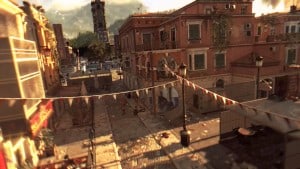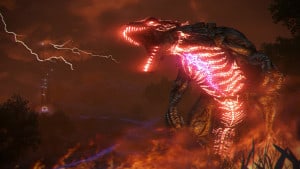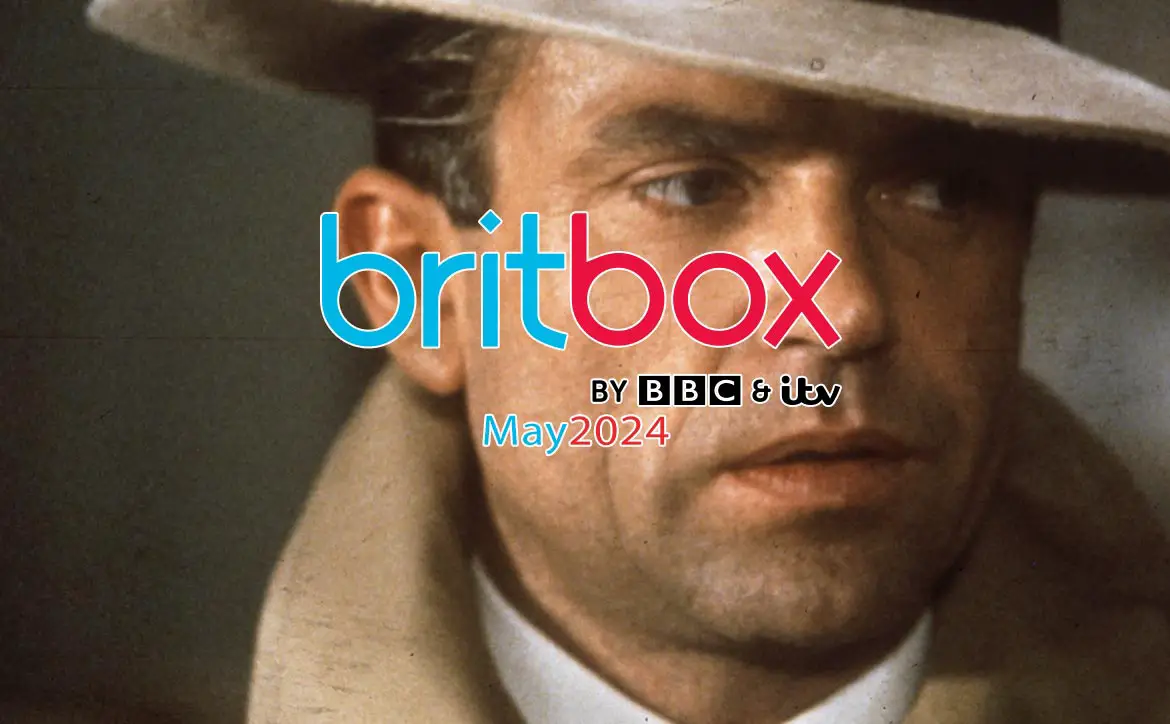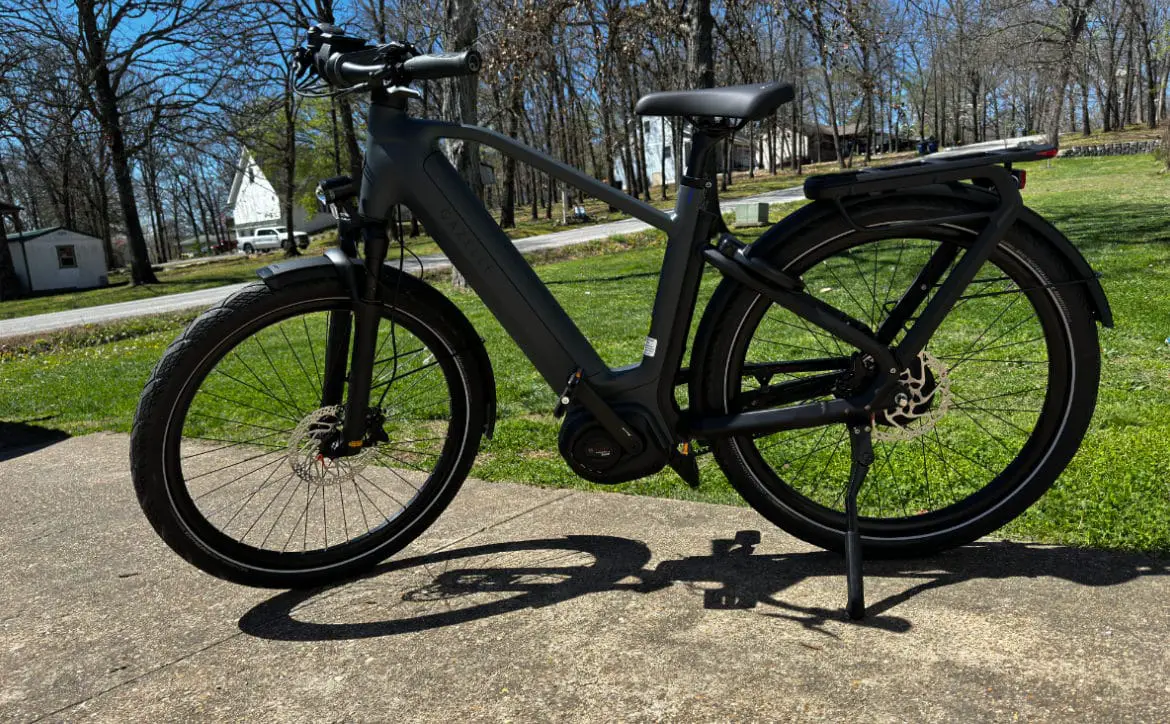I can’t remember what game it was that I was playing, but I remember the moment, not so long after the launch of the Xbox 360, when I realised how easily we become spoiled. How quickly we look at something remarkable, and judge it harshly against other remarkable things, rather than just being amazed by it. It happened again whilst I was playing Dying Light. I realised that I was thinking “eh, it looks alright”, when I should have been thinking “wow. Just wow. Look at the shadow of that tree in the waning evening light.”

The reason for the city’s demise is, of course, zombies. It rarely seems to be anything else these days. Never the less, Techland has put enough nice tweaks on the basic Romero formula that even this jaded, zombie fatigued reviewer enjoys them. Most notably, the recently turned “virals”, zombies who haven’t had time to start rotting yet, still retain enough of the human they were to cry and beg for mercy from the player. It’s an excellent, creepy edge to an otherwise formulaic encounter. The zombies put on a good show, too. Contextual chunks fly, limbs fall, leaving ragged holes and wounds on the corpse that’s still attacking you. I was almost killed by a gargantuan construction worker wielding a massive piece of cement encrusted rebar, because I got distracted by the amazing, gleaming, crispy-pork texture of his skinless back where I had roasted him with a Molotov cocktail.
It’s not a perfect looking game, of course, and it notably suffers from the problem that is an as yet unsolved bane of the zombie and sandbox genres; repetition. I’ve killed a lot of zombies who all wear the same green sun dress. Perhaps there was a sale at M&S. Harder to forgive is that those beautiful, cluttered, hand built interiors repeat, sometimes within the space of a few dozen yards. It doesn’t break the game, but perhaps some effort to make sure that identical interiors are located far enough from one another to forget during the travel time between them wouldn’t have gone amiss.
Dying Light is a game of atmosphere. Everything – the inevitable progress of the day into night, the distant roar of virals, the dust and pollen floating in the air, the uncollected rubbish and evidence of a lost struggle for survival all about – all comes together to make you feel like a very small, very vulnerable animal trying to survive. There is danger everywhere and, although you’re well equipped to manage, it takes only a momentary slip of judgement to bring it all down on top of you.
Having said that, though, there’s one important point to make. Dying Light is NOT a survival horror game. Sure, it wears the right t-shirt to be one, but deep down it’s too soft-hearted. The checkpoint system is too lenient, the inventory too forgiving and the parkour too empowering. It’s an action adventure game wearing a Halloween mask… and that’s a good thing.
As a full on horror, it would stumble under its own weight, but as is, it is a big, fun, thrill ride. I fully expected to find it good, but too tough to play much in any given setting, but the truth is, I got hooked. The basic mechanic of leaping and clambering around the city, looting and fighting and surviving is effortlessly entertaining.

The story fares less well, but that could be intentional. There’s a core plot that covers all the bases (even the hackneyed arena fight *yawn*), but does little to impress. It’s adequate, little more. That leaves room, however, for a bevy of side missions which are the meat of the game. Like the rest of the design, they’re there to sell atmosphere and story. Some are very simple, some less so, but they all add colour to the city, whilst serving up something to do, some interesting little stories and the occasional reward.
There’s a lot of content here. Although neither of the maps is huge, each is dense and well designed to provide a wealth of places to go and see. Dying Light‘s headline mechanic is its parkour traversal system. It’s most reminiscent of Mirror’s Edge, but you can get purchase on so many surfaces that it’s a great deal more forgiving. In no time, you will find yourself lithely scrambling through the ruins of the city.
Survival, especially in the early game and at night (more on that below) is dependent upon staying away from any appreciable number of zombies and the parkour is central to that. It has to work well and it does. No matter how many flaming machetes you’ve got in your pocket, the parkour is your greatest survival tool.

All in all, I have found Dying Light to be a very welcome surprise. A clever blend and balance of mechanics has managed to fit the game into a little niche of its own. It is a strategic thinker’s action game which doesn’t try to outshine its best features with overwrought story or unnecessary imperative. It knows that it’s at its best when you spend time just existing in its world.
[I should add that, due to the strange release delay, the fact that most of my friends are waiting for the physical release over here in the UK, I haven’t yet had a chance to sample the co-op game. I will say that, so long as it maintains the core of the single player experience, I can’t imagine it being anything less than a blast.]
Last Updated on November 27, 2018.











Comments are closed.